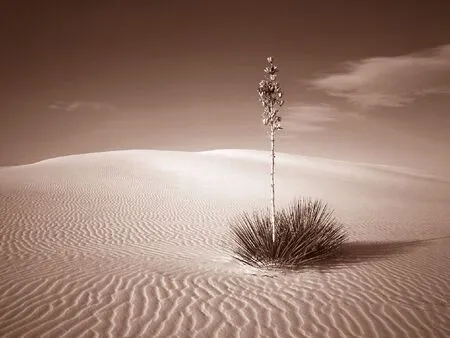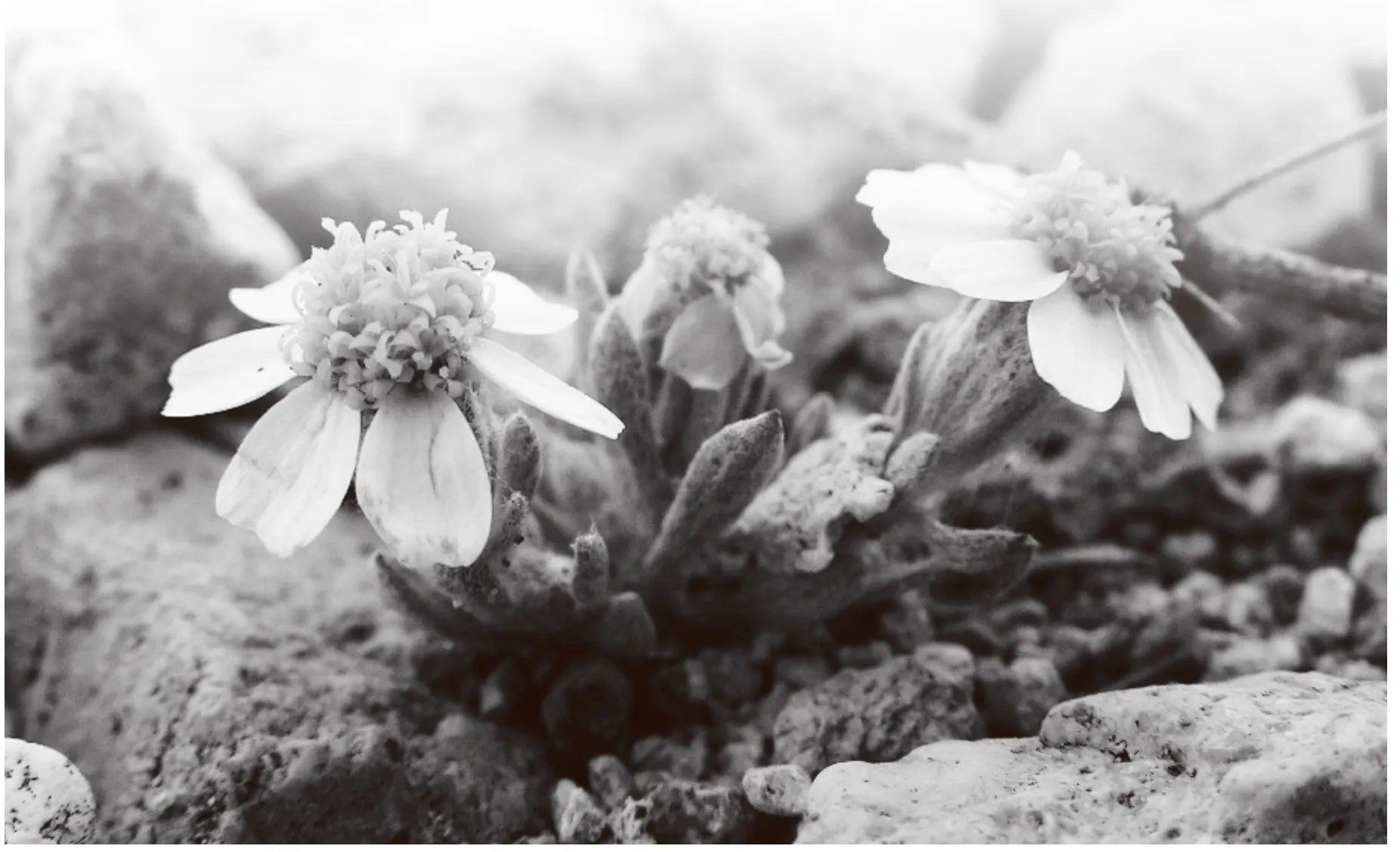沙漠植物的奥秘
2017-06-24BritishCouncil
沙漠植物的奥秘



看视频、练发音,扫码获取更多British Council提供的免费学习资源
Activity 1
Before you read, match the word or phrase to a definition.

1. absorb 2. carbon dioxide 3. cereal 4. experiment 5. gene 6. land 7. related
a. area of ground
b. a test you do to learn or discover something
c. part of the air that comes out of your mouth or nose when you breathe out, also called CO2
d. information inside a piece of DNA that controls how we look or behave
e. a kind of plant that is used to make food such as bread
f. take energy, liquid or gas inside
g. connected
Lack of Food 粮食危机
The population of the Earth is still going up and scientists are worried that there will not be enough food for everybody in the middle of this century. One unusual plant from Madagascar,the Kalanchoe fedtschenkoi, may help. It absorbs carbon dioxide at night and it needs ten times less water than food plants like corn. This means it can grow in the desert.
Living in the Desert 沙漠生活
It is dangerous to eat this plant, but scientists can study two related things about it: how it absorbs carbon dioxide at night when other plants only do this during the day, and why it is so good at living in the desert. There will be less good land for growing food in the future since deserts are increasing in size because of changes in the Earth’s climate. Growing plants there will be more and more important.
Using Genes 基因用途多
There are two possible directions to take this research. To produce a desert plant to eat will be difficult, but it may be possible to use the genes from this plant and put them into food plants like beans or cereals. This will only happen if most people accept this type of technology, which uses genes from one plant inside another plant.
Fuel from Dry Land 干旱之地有燃料
The other possibility is to grow this type of plant for fuel. At the moment, people are asking why good land is used to grow plants for fuel and not for food. If we use deserts instead, this problem is partly solved. Some—but not all—of the plants needed for fuel can use desert land. The world’s climate is changing and population is still increasing, but one strange plant could be an answer to our future food and energy needs.

Activity 2
Decide if the following statements are sentences true (T) or false (F), according to the text.
1. The number of people in the world will stop increasing soon.
2. The Kalanchoe fedtschenkoi plant needs very little water.
3. The Kalanchoe fedtschenkoi plant is safe for humans to eat.
4. Scientists want to transfer[转移]part of the plant to other plants.
5. There is only one use for the Kalanchoe fedtschenkoi plant.
Activity 3
There are many places in the text where you can see words like it or this. We use these words so that we don’t have to repeat ideas or phrases we used earlier.
For example, “…other plants only do this during the day.” The word this means “absorb carbon dioxide.”
What do the words in bold[粗体]mean in the following clauses[从句]and sentences? Choose the best answer:
1. …and it needs ten times less water than food plants like corn.
a. Madagascar
b. carbon dioxide
c. the Kalanchoe fedtschenkoi
2. This means it can easily grow in the desert.
a. the fact that it absorbs carbon dioxide at night
b. the fact that it needs ten times less water than food plants like corn
c. the fact that it is a food plant like corn
3. Growing plants there will be more and more important.
a. in the future
b. in the Earth’s climate
c. in deserts
4. …which uses genes from one plant inside another plant.
a. if most people accept this type of experiment
b. this type of experiment
c. most people
5. …this problem is partly solved.
a. why good land is used to grow plants for fuel and not for food
b. if we use deserts instead
c. to grow this type of plant for food
Activity 4
Discussion: What other ways of growing more food or producing more fuel can you think of?
Answers
Activity 1
1. f; 2. c; 3. e; 4. b; 5. d; 6. a; 7. g
Activity 2
1. F; 2. T; 3. F; 4. T; 5. F
Activity 3
1. c; 2. b; 3. c; 4. b; 5. a
